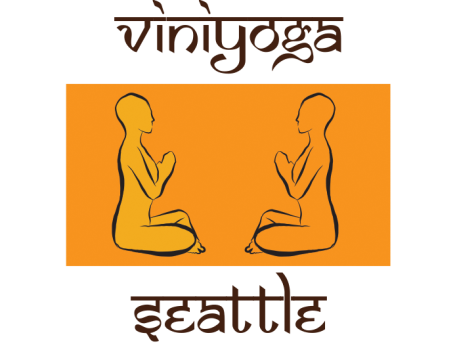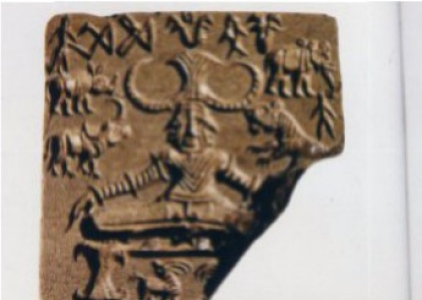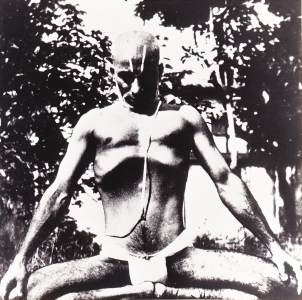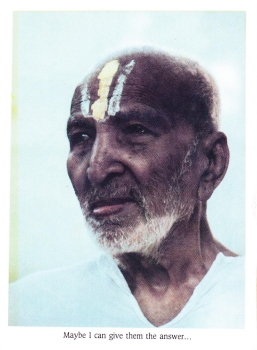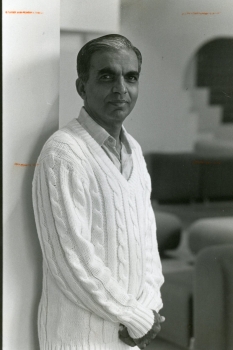What is Yoga?
Yoga is an ancient system of specific practices that help us to improve our physical, mental, and emotional health. While Yoga originated in India over five thousand years ago, it does not belong to Hinduism, or any other religion, nation, or philosophical system. Yoga is basically a system of highly effective practices that have been time tested for five thousand years. The basic premise of Yoga is that our mind can either be our enemy, giving us a lot of suffering; or, our faithful friend that can help us live a happy and peaceful life, even lead us to complete freedom from suffering. Yoga accepts the existence of God; however, it does not require us to believe in God, in order to benefit from its practice. Anyone can practice Yoga, and benefit from it… including atheists or members of any religion.
Most likely Yoga originated in the Indus Valley Civilization that existed five thousand years ago, in the territory that now includes Northern India and Pakistan. Imagine a society that existed in harmony and peace for more than a thousand years. There were no wars in the Indus Valley Civilization, for they lived in prosperous and peaceful times. Their houses had inner courtyards and gardens, with a sewer system connected to every house. For more information, you can read the attached article by Yan Dhyansky (Deretsky) (Artibus Asiae -- Vol. 48, no. 1/2 Ascona: Artibus Asiae Publishers. 1987. 89-108 p. ill), “Indus Valley Origins of Yoga Practice.”
Many people who are interested in Yoga, have heard about Krishnamacharya, the teacher of Patthabi Jois and Iyengar. Some people call Krishnamacharya the father of modern yoga. He is a descendant of the great Yogi Nathamuni who lived in the IX century AD. Krishnamacharya based his teachings on what he learned from the great master named Yogeshwara Ramamohana Brahmachari, and on The Yoga Sutras of Patanjali which is considered the main text on Yoga, composed about 2000 years ago. T.K.V. Desikachar is the son of Krishnamacharya. He had daily lessons from his father on all aspects of yoga for more than 30 years, until his father’s death in 1989. Desikachar adapted his father’s teachings for use in our modern society by meeting the individual where he or she is.
For a beginner, it is sufficient to learn some very basic yoga practices. When one personally experiences the benefits of these practices, one may become interested in learning other practices, and perhaps even study Yoga Sutras and other yoga texts.
Two Basic Yoga Practices:
- Asanas – These are certain postures that can be done in a static or dynamic manner, both of which are coordinated with breath
- Pranayama – Breathing techniques and practices
A few known benefits from doing Yoga are:
- An increased sense of well-being
- A reduction of daily stressors
- Increased flexibility and vitality
- A reduction of various aches in the body
- And, mental clarity, with a sense of peace and happiness
People have different experiences from practicing Yoga based on their health, age, mental state, and other factors. However, it is important to notice that appropriate yoga practice and under the guidance of a competent teacher should bring immediate benefit. If a student does not experience any noticeable benefit after his/her initial practice, perhaps some adjustments need to be made.
What are the prerequisites or requirements to start a yoga practice?
There are none! According to T. Krishnamacharya, as long as you can breathe, you can practice yoga, and benefit from it. I remember about thirty years ago, while living in California, I taught some therapeutic yoga practices to a young woman who was dying from spinal cancer. She could hardly move and was in great pain. I taught her some very simple movements with breathing, and she overtime reported reduction in her pain, accompanied by a reduction of the need for pain medication. While there are no prerequisites to starting a Yoga practice, it is suggested that one should have a quiet place to practice Yoga on a regular basis.
Yoga Therapy is a set of specific yoga practices customized for the student by the teacher. The selection of postures and other aspects of this type of therapy, can be used to reduce back and neck pain, reduce dependence on pain medications, and improve numerous chronic conditions. For almost any condition, Yoga Therapy generally can be an adjunctive therapy.
According to T. Krishnmacharya and T.K.V. Desikachar Individualized Yoga Instruction is necessary to learn and benefit from Yoga practice. For thousands of years, yoga has been taught on a one-on-one basis. Only recently, especially in the West, Yoga is taught in a group format, in both classes and workshops. In my humble opinion, this is not true Yoga because to experience Yoga, one has to focus on himself/herself, and that is not as likely to happen in a group setting. Teaching Yoga is like practicing good medicine. You cannot give the same medication to an entire group of people, it should be adjusted to each individual. For example, teaching a headstand to a healthy young person may be beneficial; however, teaching the same headstand to an elderly person, or an overweight person, can be deadly.
